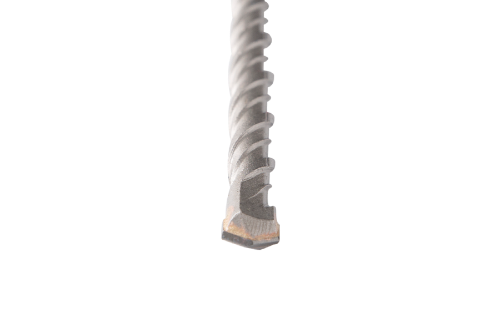Choosing power tool accessories involves considering several factors to ensure compatibility, functionality, and safety. Here are some steps to guide you in selecting power tool accessories:
Determine the Compatibility:
Check the brand and model of your power tool to ensure compatibility with the accessory you intend to purchase. Power tool accessories are often designed to fit specific tool models or brands. Consult the manufacturer's specifications or the product manual to verify compatibility.
Identify the Purpose:
Determine the specific task or application for which you need the accessory. Power tool accessories are available for various purposes, such as cutting, drilling, sanding, grinding, or fastening. Understanding the intended use will help you select the right accessory for the job.
Consider Quality and Durability:
Look for accessories made from high-quality materials that can withstand the demands of your intended tasks. Check for durable construction and reliable performance to ensure longevity and efficiency. Consider accessories from reputable brands known for their quality products.
Assess Performance Features:
Different power tool accessories may offer additional features or specifications that enhance performance and efficiency. For example, saw blades may have specific tooth configurations for different materials, drill bits may have different tip designs for various drilling applications, or sanding pads may have varying grit levels for different surface finishes. Consider the features that align with your specific needs.
Safety Considerations:
Safety should be a top priority when choosing power tool accessories. Ensure that the accessory is designed to meet safety standards and has appropriate safety features. Look for certifications, such as UL (Underwriters Laboratories) or CSA (Cnadian Standards Association) markings, which indicate compliance with safety standards.
Read Reviews and Seek Recommendations:
Read customer reviews and seek recommendations from trusted sources, such as professionals or experienced users, to gain insights into the performance, reliability, and durability of the accessory you are considering. Their feedback can help you make an informed decision.
Consider Budget and Value:
Determine your budget and consider the value offered by the accessory. While it's essential to choose accessories that meet your requirements, it's also important to strike a balance between quality and cost-effectiveness. Compare prices and features to ensure you're getting the best value for your investment.
By following these steps, you can select power tool accessories that are compatible with your tool, suitable for your specific tasks, and meet your performance and safety requirements.Meanwhile,The process of installing power tool accessories may vary depending on the type of accessory and the specific power tool you are using. However, here are some general steps to help guide you through the installation process:
Read the Manual:
Before beginning, refer to the instruction manual provided with your power tool. It will often include specific guidelines and safety precautions for installing accessories.
Power Off and Unplug:
Ensure that the power tool is turned off and unplugged from the power source before attempting to install any accessories. This prevents accidental starting or electrical hazards.
Secure the Tool:
If applicable, secure the power tool in a workbench or using clamps to provide stability during the installation process. This will make it easier to handle and ensure safer installation.
Select the Proper Attachment Method:
Different power tool accessories may have various attachment methods, such as keyless chucks, collets, or set screws. Determine the specific attachment method required for your accessory and ensure you have the necessary tools or components to secure it properly.
Remove Existing Accessories:
If there is an existing accessory attached to the power tool, remove it according to the manufacturer's instructions. This may involve loosening set screws, releasing clamps, or using specific tool components provided with the power tool.
Align the Accessory:
Align the new accessory with the tool's spindle or attachment point. Ensure that it is properly positioned and ready for installation.
Secure the Accessory:
Follow the manufacturer's instructions to secure the accessory in place. This may involve tightening set screws, engaging clamps, or using other attachment mechanisms provided with the power tool.
Test and Adjust:
After the accessory is securely installed, test the power tool to ensure proper functioning. Check for any vibrations, unusual noises, or improper operation. If necessary, make any adjustments or re-install the accessory to address any issues.
Follow Additional Guidelines:
Some accessories may require additional steps or precautions, such as adjusting cutting depths, setting proper speeds, or aligning guides. Refer to the accessory's instructions or consult the power tool's manual for specific guidelines.




 English
English
 中文简体
中文简体
 Español
Español
 عربى
عربى












